This is why the Air Force is naming its highly modernized new bomber the B-52J
- By Hope Seck
Share This Article
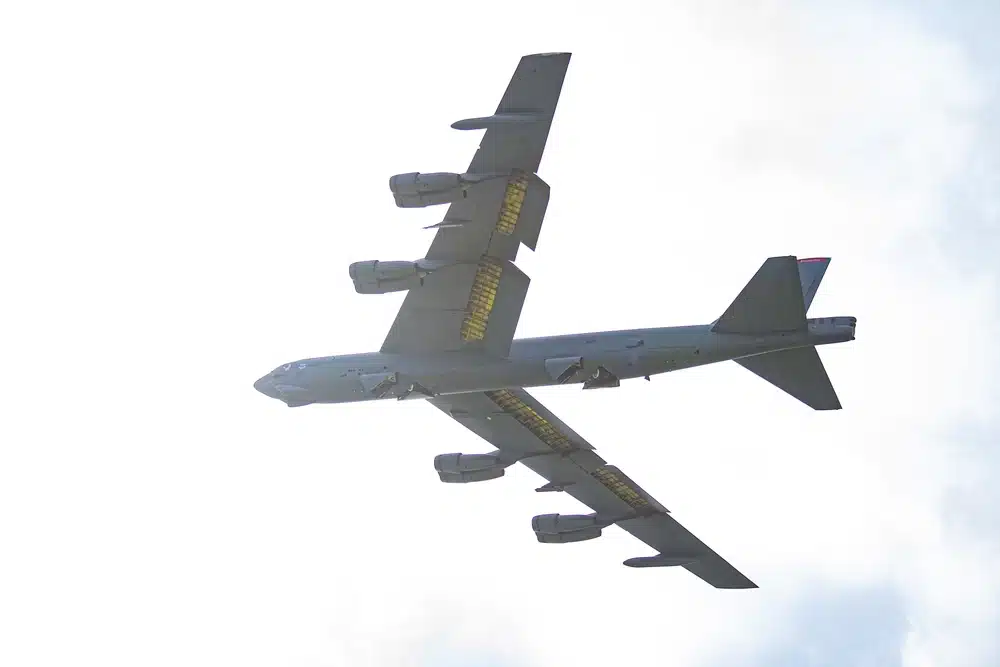
The Air Force finally has a new name for the bomber that’s going to take the service into the 2050s or beyond.
Meet the B-52J, the first fresh designation for the iconic Stratofortress since the last B-52H rolled off production lines in 1962. The long-rumored new designation was confirmed in the service’s FY 2024 budget documents. The B-52 bomber, which marked its 70th anniversary last year, has served in every American conflict since Vietnam; it’s now embarking on a modernization effort that will prepare it for future fights and extend its service life at least until its centennial.
In an interview with Sandboxx News, Col. Louis Ruscetta, senior materiel leader for the B-52 division, described how the service arrived at the B-52’s new name. Partially, he said, he believed the decision came down to simple logic; the Air Force generally avoids “I” designations so that the letter doesn’t get confused for “1” and lead to misunderstanding. Since the other bomber set to take the Air Force into the future is the yet-to-enter-service stealth B-21 Raider, the issue was particularly ripe for concern.
“Written down, it could look like the ‘B-521,'” Ruscetta said.
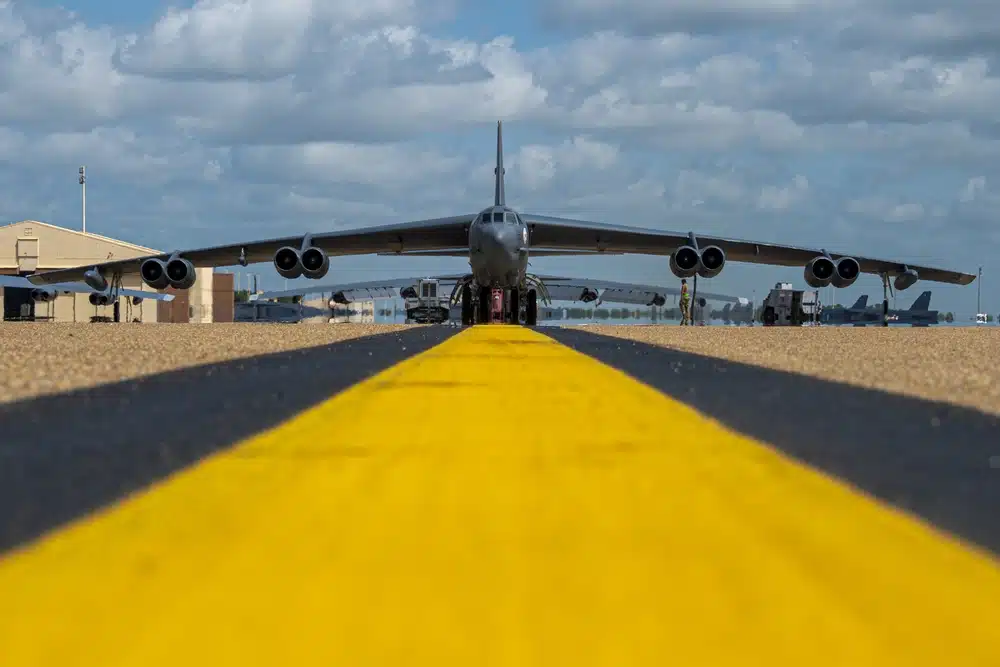
But the meat of the matter – why the B-52 merited a fresh designation – came down to just how involved the aircraft’s overhaul will be.
The bomber will get its Pratt & Whitney TF33 engines replaced by new Rolls-Royce F-130 engines, which already power the Air Force’s C-37 and E-11 BACN aircraft and will substantially increase the bomber’s fuel efficiency and range while preserving the bomber’s iconic configuration of eight engines in four nacelles. That aspect of the bomber’s modernization is known as the Commercial Engine Replacement Program, or CERP. A new Collins Aerospace Electric Power Generation system, which promises a 30% gain in fuel efficiency, is also part of the CERP effort.
Related: The US Air Force just released new pics of the B-21 Raider
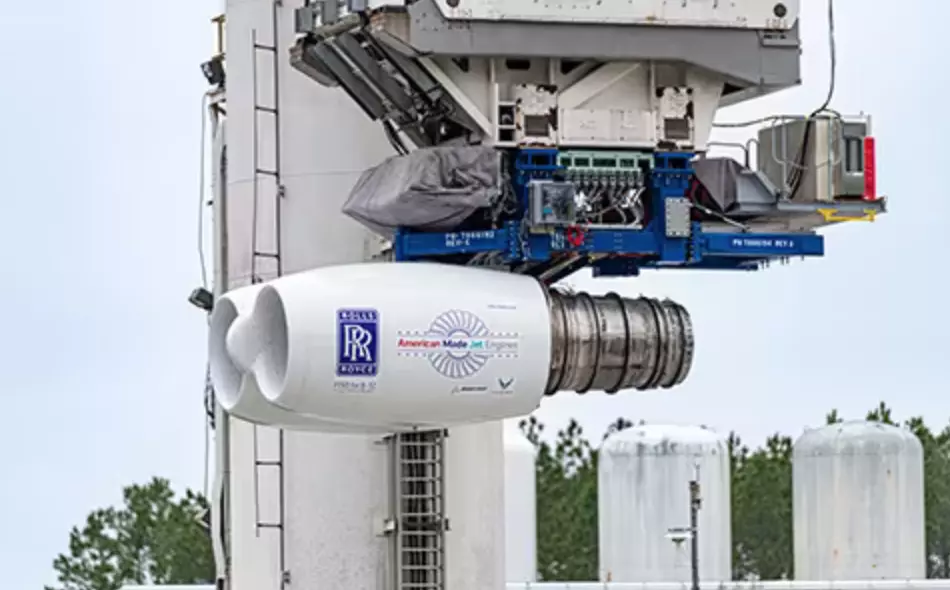
Then there’s the Radar Modernization Program, which will swap out the APQ 166 radar, last modernized in the 1980s, with the APG-79 Bomber Modernized Radar System, an active electronically scanned array based on the one developed for the Navy’s F/A-18 Super Hornet fighter and E/A-18G Growler electronic warfare aircraft. Made by Raytheon, the radars are developed to excel at tracking multiple targets over long ranges. Other planned additions include Link 16, a communications platform that will allow the B-52J to network with a broad range of other U.S. and allied aircraft.
“It’s really the CERP that … brings us to that J-designation,” Ruscetta said. “It’s such a different configuration, especially maintenance and upkeep-wise. How the pilots maneuver and fly the aircraft will be different with new engines; the maintenance manuals will be very different with the new engines, and not only the new engines, but also the electronic power generation system. So it’s such a drastic change … that that’s really, in a sense, what brings it to the J-nomenclature.”
Gen. Thomas Bussiere, commander of Air Force Global Strike Command, reportedly joked recently that the B-52 was going to be the service’s first 6th-generation aircraft: by the end of its new projected service life, six generations of airmen will have been able to fly it. But there’s some truth behind the quip, Ruscetta said.
“The longer legs that the new engines give us, the fuel efficiency gives us more combat range than we’ve ever had before,” Bussiere said. “That brings us into a whole new type of fight, and a whole new type of capability.”
It’s when the first test B-52 rolls out of Boeing’s San Antonio facility sporting new Rolls-Royce engines, projected to take place in 2026 or 2027, that the bomber will get its new J-designation, Ruscetta told Sandboxx News.
Related: Why are we suddenly detecting all these strange objects in the sky?
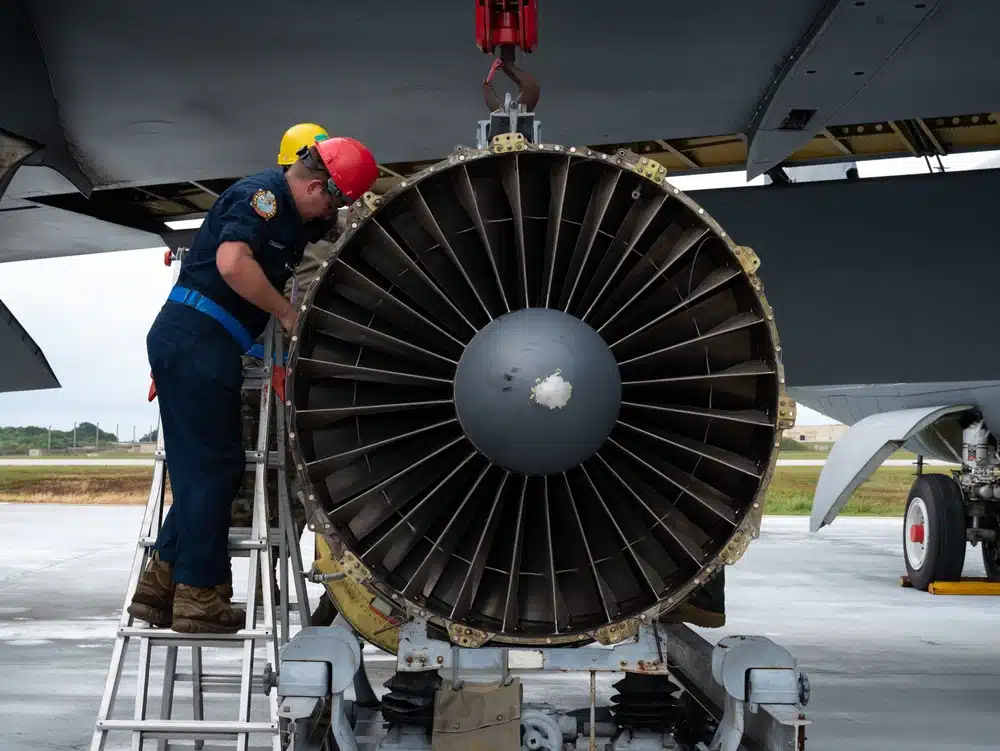
Regarding maintenance and manual upgrades, Ruscetta said the needs of the new engines will be significantly different; unlike the TF33s installed in the 1960s, they won’t need scheduled “off-wing” maintenance, or tending that requires removal from the aircraft. Also, he said, the internal software and digitized aspects of the engines – completely different from the legacy ones – will require different attention, though the operation of the bomber itself is expected to remain largely the same.
For a while, the Air Force was producing new B-52 designations at the rate of one or more per year. The first variant, the B-52A, was produced in 1954 largely as a prototype aircraft, with just three copies made.
The B-52B, a year later, added some of the bomber’s distinctive weapons systems and served largely for training. From there, each progressive variant added features and increased capability. B-52Ds shot down Vietnamese MiG-21 fighter jets on two separate occasions near the end of the Vietnam War. Ultimately, 744 B-52s were produced; the 76 surviving aircraft are B-52H variants. These are the planes that will become the Air Force’s new B-52Js.
“Just understanding what the capability of aircraft is, not just from an ability to employ weapons, but also the reach, the standoff, the loiter time, all of that plays into it,” Ruscetta told Sandboxx News. “So the Air Force wanted to message, ‘Hey, this is a new B-52 that’s coming out, that will have an entirely upgraded set of capabilities.'”
Feature Image: A U.S. Air Force B-52 Stratofortress assigned to Barksdale Air Force Base, La., takes off from Andersen Air Force Base, Guam, in support of a Bomber Task Force deployment, Feb. 4, 2021. BTF deployments provide opportunities to train and work with allies and partners in joint and coalition operations and exercises. (U.S. Air Force photo by 1st Lt Denise C. Guiao-Corpuz)
Read more from Sandboxx News
- What’s the deal with the B-21 Raider’s crazy windscreens?
- These aircrew survival weapons have ensured that US airmen stayed alive in rough situations
- Was the Air Force’s hypersonic ARRW missile killed by a rush to save face?
- The 75th Ranger Regiment wants an automatic mortar system for better ‘shoot and scoot’
- Sub-Saharan Africa is the world’s terrorism hotspot and military might alone won’t solve that, according to the UN
Related Posts
Sandboxx News Merch
-

‘Kinetic Diplomacy’ Bumper Sticker (Black)
$8.00 Add to cart -

‘Sandboxx News’ Camo Trucker Hat
$29.00 Select options This product has multiple variants. The options may be chosen on the product page -

F-35 ‘Evolution’ Framed Poster
$45.00 – $111.00 Select options This product has multiple variants. The options may be chosen on the product page
Hope Seck
Hope Hodge Seck is an award-winning investigative and enterprise reporter who has been covering military issues since 2009. She is the former managing editor for Military.com.
Related to: Airpower, Breaking News
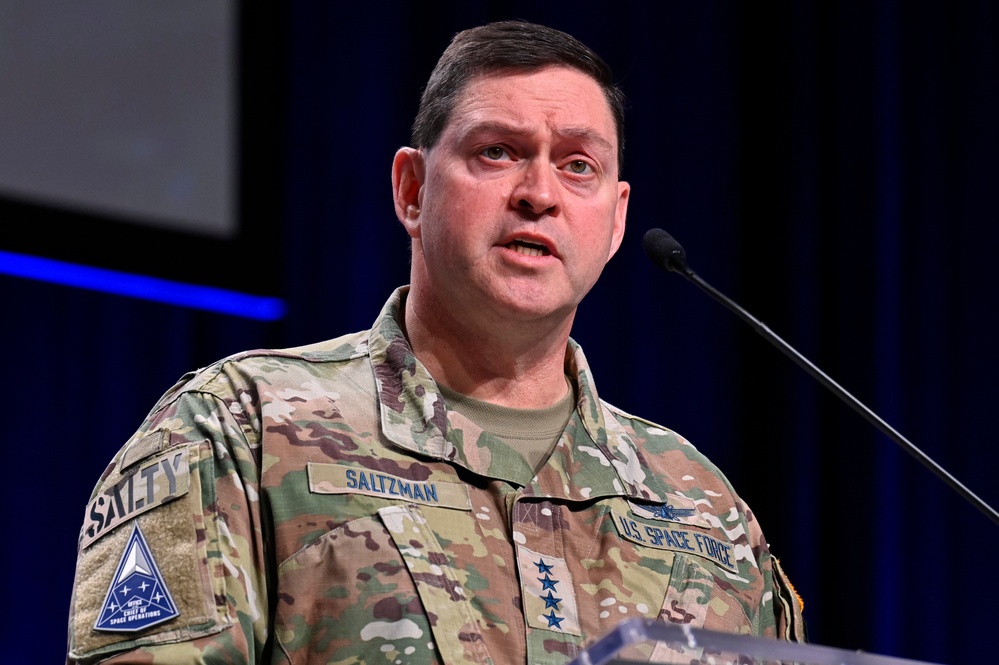
Dogfighting in space? Not too far-fetched, Space Force chief says
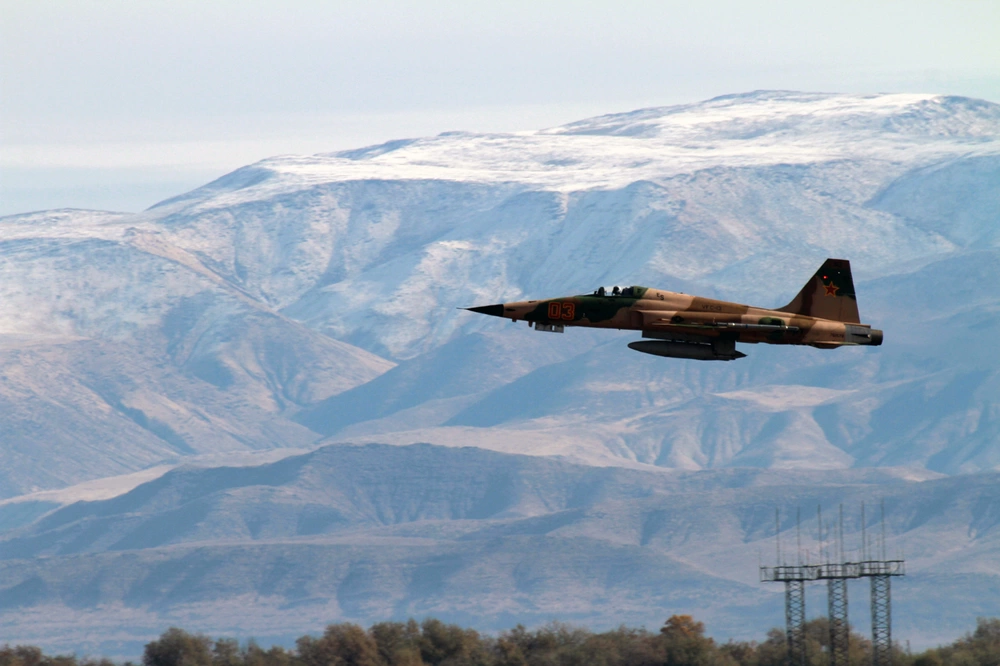
New master’s degree will train Top Gun pilots on foreign adversaries and space warfare
Sandboxx News
-

‘Sandboxx News’ Trucker Cap
$27.00 Select options This product has multiple variants. The options may be chosen on the product page -

‘AirPower’ Classic Hoodie
$46.00 – $48.00 Select options This product has multiple variants. The options may be chosen on the product page -

‘AirPower’ Golf Rope Hat
$31.00 Select options This product has multiple variants. The options may be chosen on the product page -

‘Sandboxx News’ Dad Hat
$27.00 Select options This product has multiple variants. The options may be chosen on the product page
